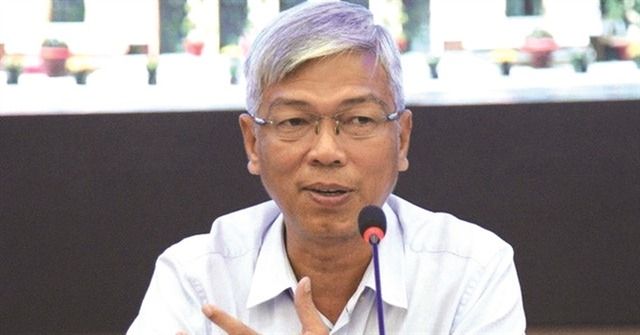
TOKYO (Bernama-Kyodo): Japan plans to generate approximately 20 gigawatts of electricity, equivalent to the output of 20 nuclear reactors, using innovative perovskite solar cells by fiscal 2040.
The initiative is part of the Japanese government's strategy to expand renewable energy and achieve net-zero emissions by 2050, Kyodo news agency quoted officials from the Ministry of Economy, Trade and Industry.
A draft of the revised energy plan, highlighting next-generation solar cells as a key technology, is expected to be unveiled this month.
Perovskite solar cells, known for their flexibility and lightweight design, can be installed on surfaces like building walls, windows, and vehicle roofs, addressing Japan's limited space for conventional silicon-based solar panels.
These advanced cells hold potential for widespread adoption, although challenges such as improving durability and reducing costs need to be addressed before full-scale commercialisation, anticipated in the 2030s.
Japan's dominance in iodine production, a crucial material for perovskite cells, positions the country to establish a stable, independent supply chain, enhancing economic security and global competitiveness.
While solar energy currently accounts for nearly 10 per cent of Japan’s power generation, the country has seen its share in global solar panel production plummet to less than 1 per cent, overtaken by Chinese manufacturers benefiting from state subsidies.
By fostering perovskite technology, Japan aims to revitalise its renewable energy sector and pursue future exports. - Bernama-Kyodo











































